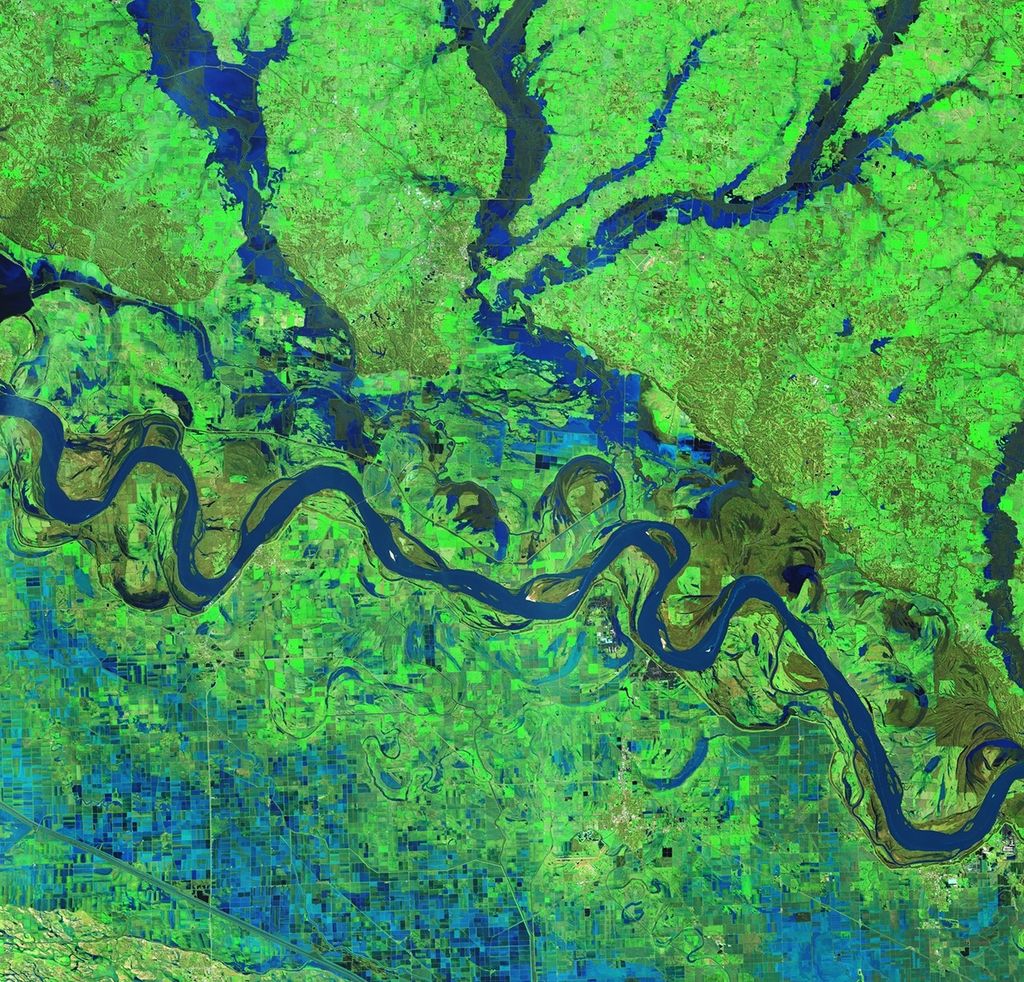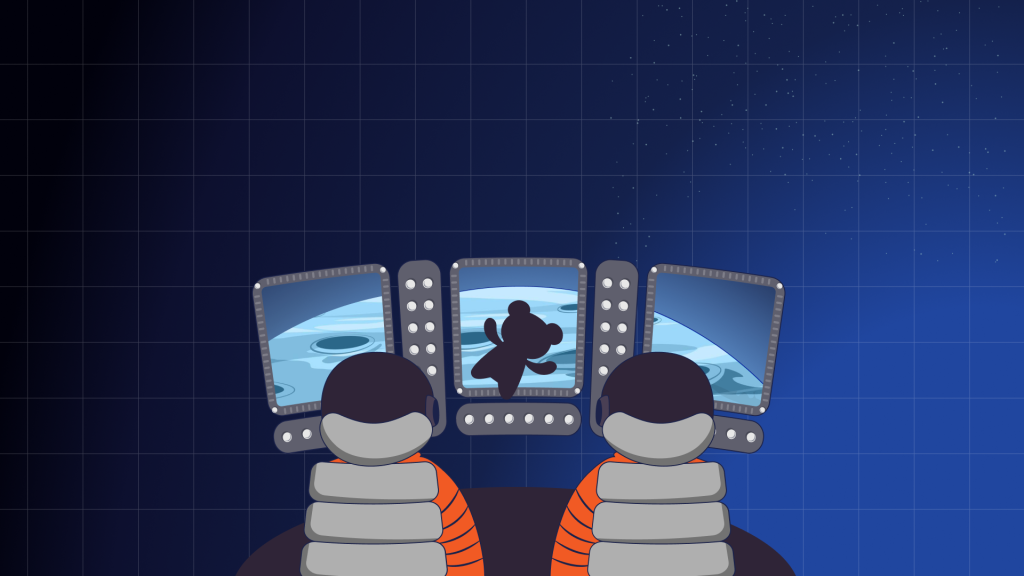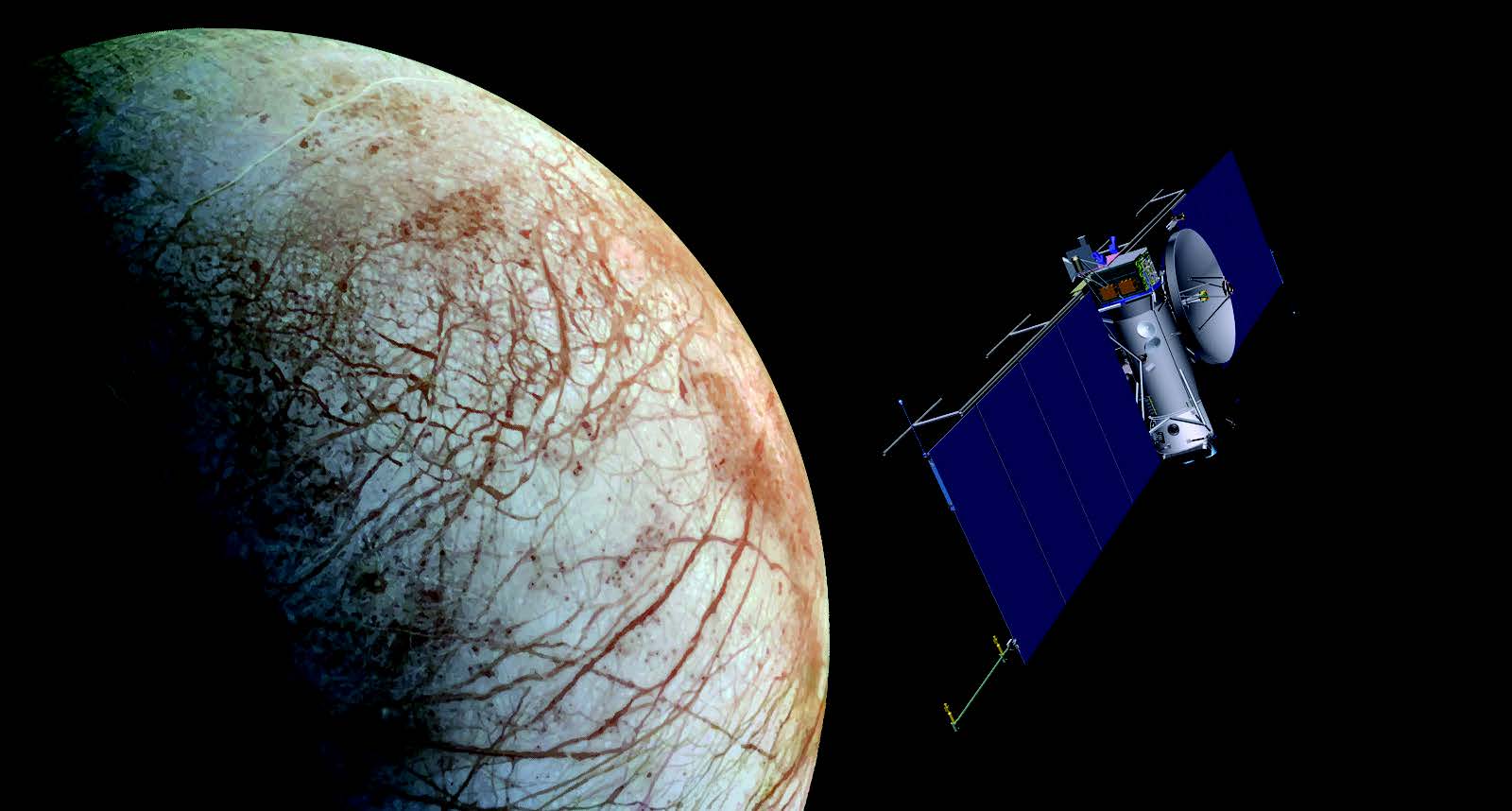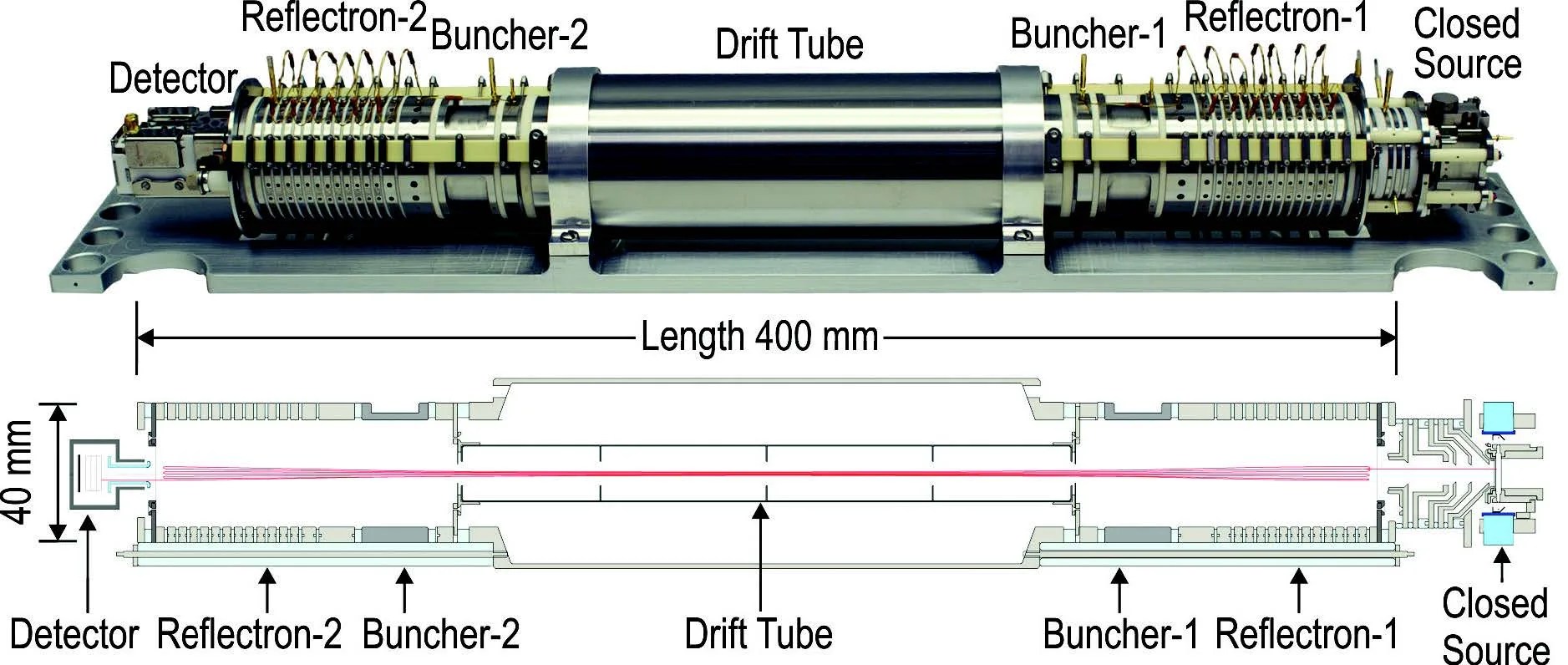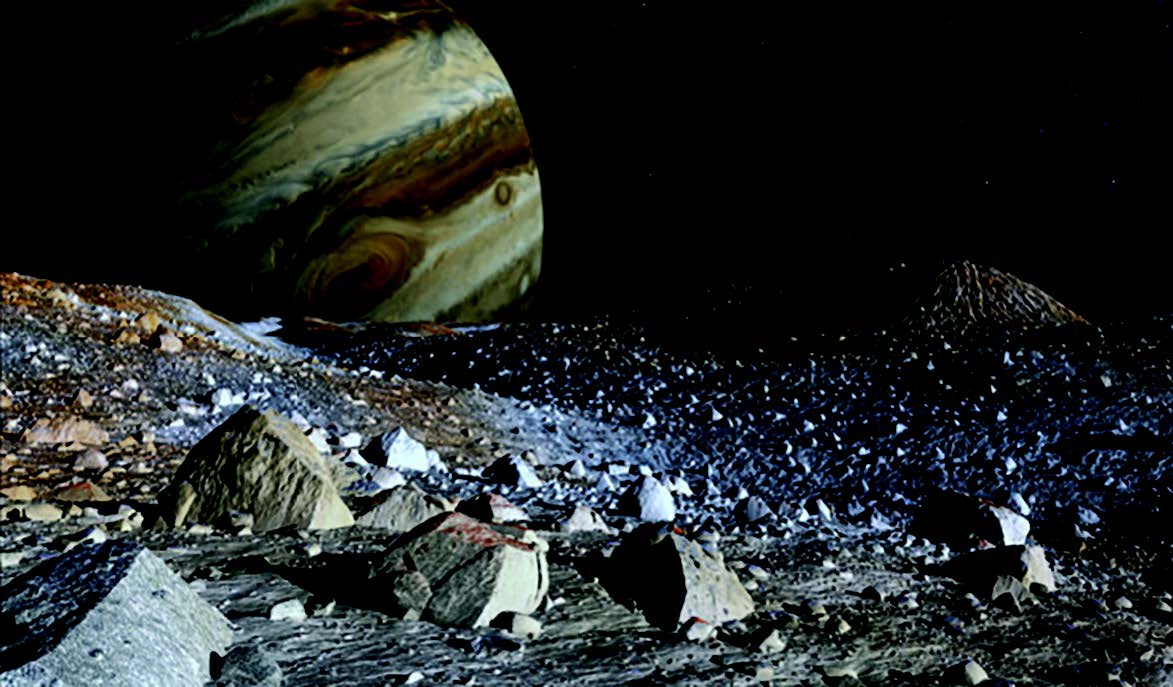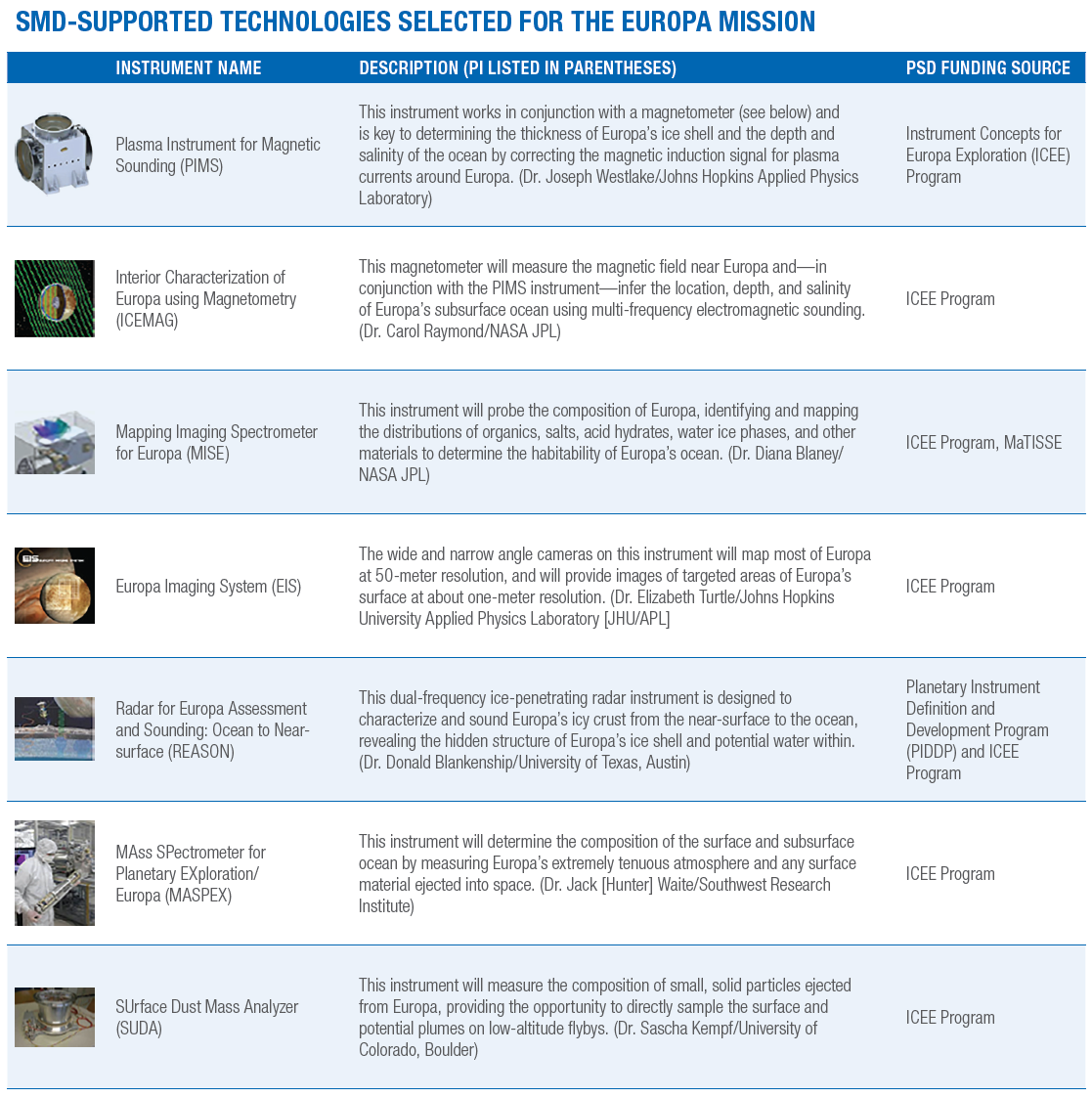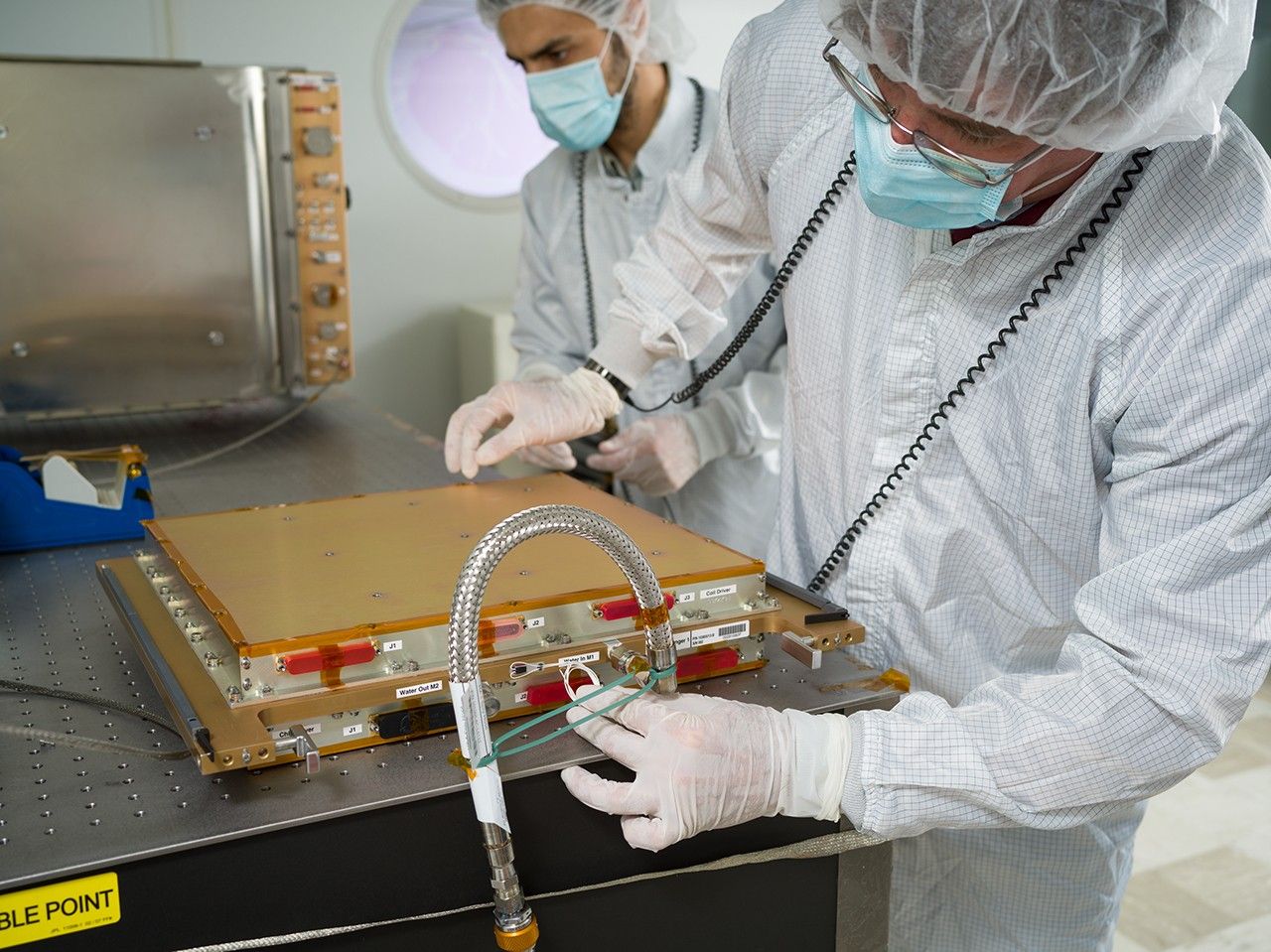Technologies Infused: When NASA launches its mission to explore Jupiter’s moon Europa in the 2020s, seven instruments enabled by SMD technology investments or flight development efforts will be onboard to help achieve mission science goals.
The Europa mission will gather high-resolution images of the moon’s surface, and investigate the composition and structure of its interior and icy shell to determine if the moon might be habitable for primitive forms of life. Evidence from NASA’s Galileo mission in the 1990s strongly suggested that Europa may contain a vast ocean underneath its icy crust. Europa also experiences great tidal forces as it orbits Jupiter, and these forces cause the moon to flex, which produces heat in the moon’s interior. Scientists also believe that Europa’s ocean is in direct contact with its rocky interior, creating conditions that could be similar to geologically active places on Earth’s sea floor, called hydrothermal zones. Hydrothermal zones on Earth harbor large numbers of organisms that thrive because of chemical processes that occur as water and rock interact at high temperatures. Europa’s potential liquid water, combined with its heat-producing geological activity, make it one of the most promising places in the solar system to search for signs of present-day life. Seven of the instruments that NASA recently selected to fly on the Europa mission were enabled by SMD technology investments or previous planetary mission investments (see table on page 21). Two of those instruments— MASPEX and REASON—are detailed below.
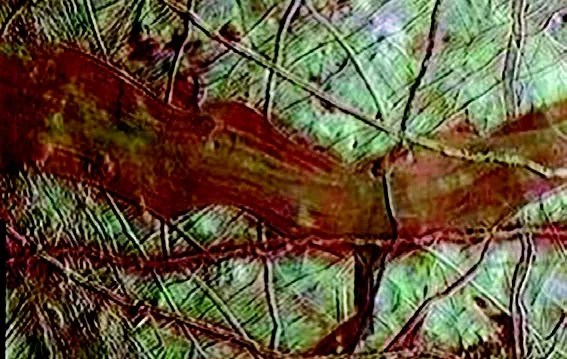
MASPEX: The MAss Spectrometer for Planetary EXploration/ Europa is a time-of-flight (TOF) mass spectrometer designed to determine the composition of Europa’s surface and subsurface ocean by measuring the moon’s extremely tenuous atmosphere and any surface material ejected into space. MASPEX employs fast-switched dual reflectron ion optics to provide high-mass resolution in a half-meter long instrument. This new technology enables mass resolution several orders of magnitude greater than previous mass spectrometers flown on NASA missions. MASPEX is also highly sensitive.
It can store over 100,000 ions and extract them at a rate of 2 Khz, providing a very high throughput and high time resolution. MASPEX’s storage capability, coupled with an imbedded cryotrap that is more than 100,000 times more sensitive than previous instruments, allows the analysis of trace organics at levels less that one part per billion and the isotopic analysis of trace noble gases like xenon. MASPEX provides a new and powerful tool for understanding the habitability, origin, and evolution of Europa.
REASON: Radar for Europa Assessment and Sounding: Ocean to Near-surface (REASON) is a dual-frequency (9 MHz and 60 MHz) ice-penetrating radar instrument designed to characterize and sound Europa’s icy crust from the near-surface to the ocean, revealing the hidden structure of Europa’s ice shell and potential water within. REASON will also assess the near-surface structure and topography, as well as the state of Europa’s ionosphere. The longer wavelength signal (9 MHz) can pass through Europa’s ice with less interference from surface roughness. However, radio waves emitted by the planet Jupiter interfere with the signal, so it can be used only on the side of Europa facing away from the planet. The shorter wavelength signal (60 MHz), in contrast, is unaffected by Jupiter, but is more susceptible to interference from the roughness of Europa’s ice. Together, the two signals will achieve comprehensive and clear images of Europa. REASON measurements will help scientists determine the thickness of the moon’s icy shell, search for evidence of water plumes, and characterize subsurface lakes and chemical exchange processes. Additionally, data from REASON will provide valuable information about potential landing sites and terrain for future missions that explore Europa’s surface.
Impact: As part of the suite of science instruments on the Europa mission, MASPEX and REASON will enable scientists to learn more about the moon’s composition, including whether an ocean exists underneath its icy surface, and whether there are conditions that could potentially harbor life. MASPEX will be most sensitive mass spectrometer ever flown in space, and will analyze the composition of gases found in Europa’s atmosphere. REASON will characterize Europa’s icy shell and the ocean that potentially lies beneath it. Other instruments onboard will detect emanating heat, measure the moon’s magnetic field, and collect the most detailed images of Europa’s surface ever obtained.
Status and Future Plans: The NASA Europa mission is now further developing MASPEX, REASON, and the other selected instruments to ensure they are flight-ready for launch in the early 2020s.
Sponsoring Organization: MASPEX development was funded jointly by the Southwest Research Institute and by NASA’s PSD via the ICEE program. PSD funded technology development for REASON via the Planetary Instrument Definition and Development Program (PIDDP)—a technology program that existed prior to establishment of the PICASSO and MatISSE programs— and the ICEE Program. See table on page 21 for PSD funding sources and PI information for the PSD-sponsored instruments selected for infusion.









